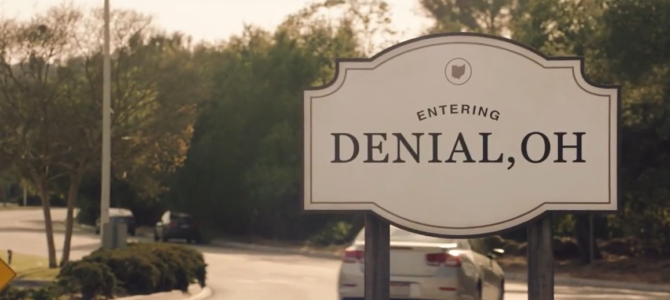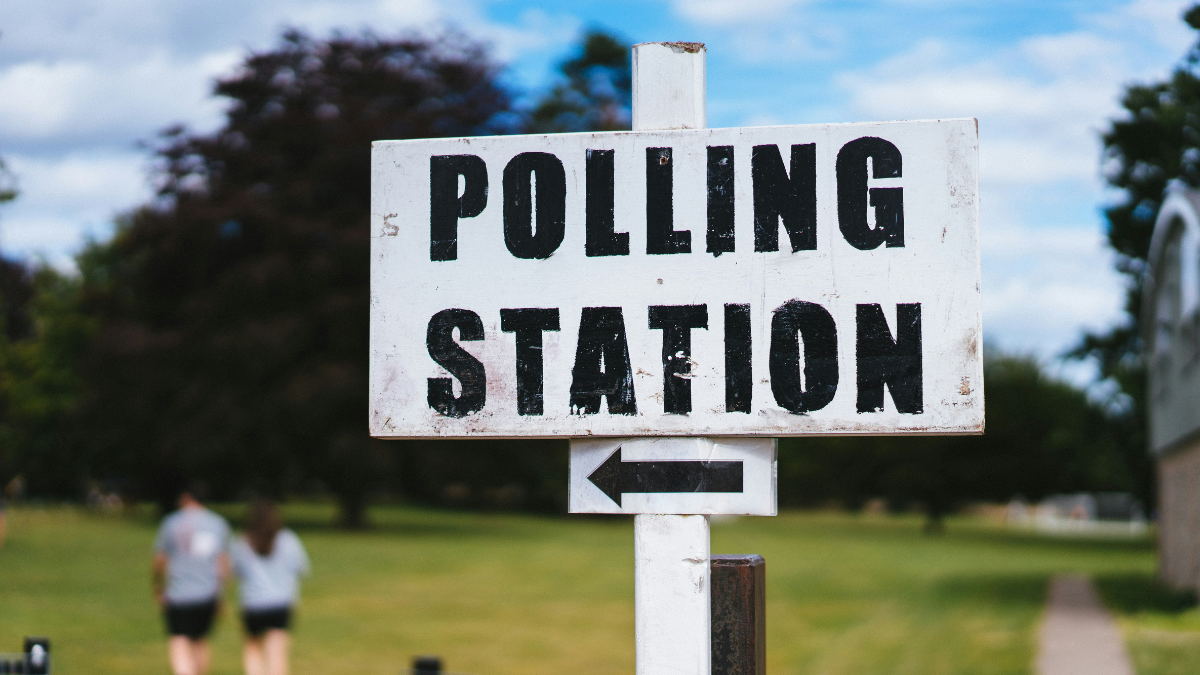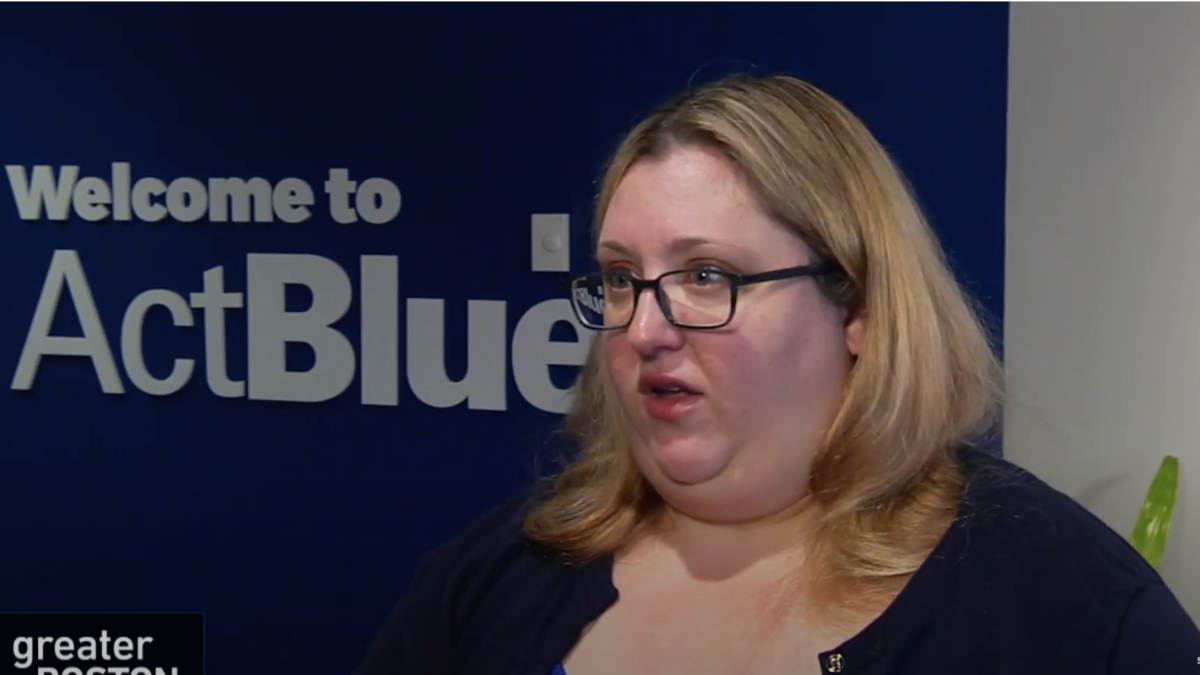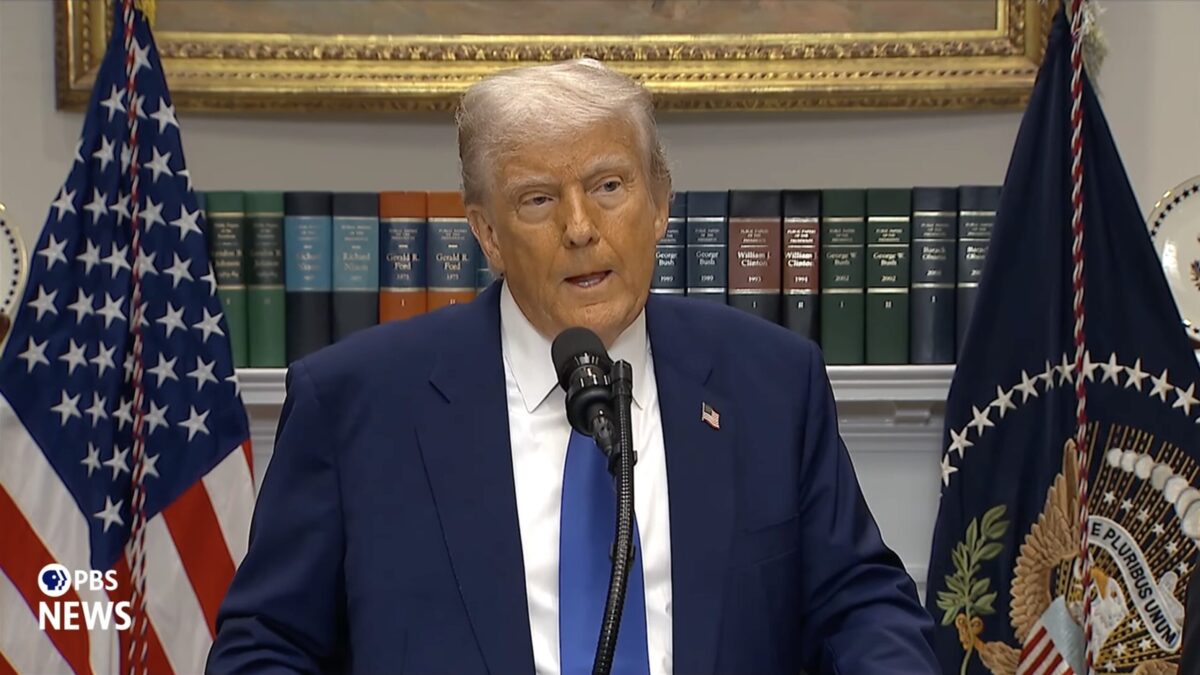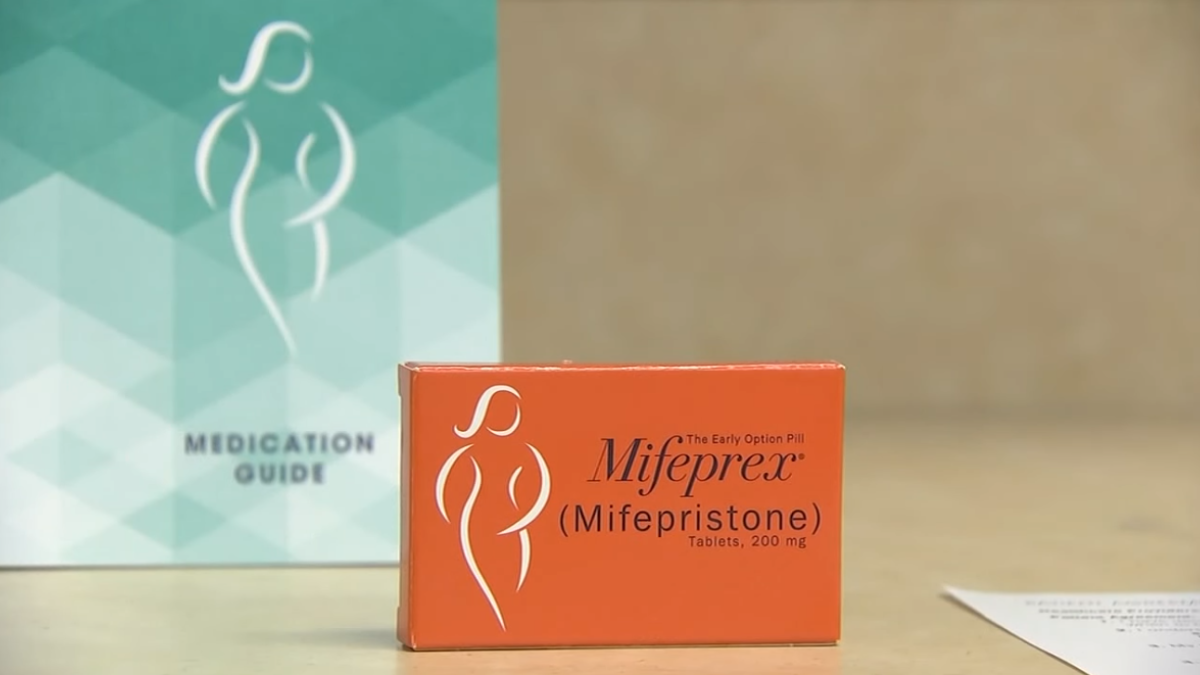An ad campaign launched by the Ohio Opioid Education Alliance this year has yielded tangible results in raising awareness over the opioid epidemic that has swept the nation and has hit Ohio particularly hard.
The ad, titled “Welcome to Denial, OH,” takes the viewer through the fictional town of Denial where neighbors adamantly reject the idea that their kids would ever abuse prescription pain killers.
https://www.youtube.com/watch?v=–3nEGmeFW8
“It just feels safe and secure being in denial.”
“All the families living in denial feel the same as we do.”
“My boys would tell me anything.”
“He gets amazing grades.”
“Welcome to Denial.”
The ads, which began running in the Columbus area in the summer of 2018 and was expanded to run statewide in April, prompted a majority of parents who saw them to talk to their kids about opioids according to a survey conducted by the independent research firm, Fallon Research and Communications in August.
Nearly half of those surveyed in central Ohio and a quarter of those around the state were able to recall the ads. Fifty-seven percent of respondents reported discussing the dangers of abusing prescription pain killers with their children after exposure to the campaign.
“We went into this campaign knowing that it takes time and a societal shift to change the mindset of parents from a ‘not my kid’ mentality to acknowledging that opioids are a threat to anyone, anywhere,” said Nationwide Foundation President Chad Jester. “We are encouraged to see that parents are speaking to their kids about opioids after seeing these ads and we hope to sustain our efforts until a majority of parents move out of Denial, OH.”
While the ads have produced promising results, the survey also illustrates that many are still residing in Denial. Little more than 8 percent of parent respondents claimed they were very concerned that their children might abuse opioid painkillers in the household while more than 66 percent of parents or caregivers said opioids were not a big problem in their own local communities.
The opioid crisis has reached new heights this year rivaling the death rates at the peak of the HIV/AIDs crisis of the 80s and 90s.
President Donald Trump, who has given away all of his presidential salary each quarter of his term donated his third quarter salary this year of $100,000 on Tuesday to combating the crisis and raise further awareness that the battle against the epidemic rages onward.
Earlier this week, the Wall Street Journal reported that federal prosecutors have opened up a criminal probe on six drug manufacturers and distributors for their role in perpetuating the problem and allegedly flooding the market with pills after addicting patients coming home from surgery.
Some have argued however that the crisis was born not out of getting patients hooked on the pills after leaving the hospital but by black market products, particularly fentanyl, flooding communities sourced from China and Mexico and driving up death rates.
Writing for The Federalist, Peter Pischke, writes in an article titled, “Blaming Prescription Pain Pills For The Opioid Epidemic Is Fake News,” that opioid misuse only occurred among 1 percent out of approximately 569,000 patients who were given opioids after surgery based on federal data.
Alisha Nelson, the director of Ohio Governor Mike DeWine’s RecoveryOhio intiative put in place to combat the epidemic, pushed back on Pischke’s narrative, noting that 80 percent of those who abused painkillers started with prescription drugs.
Nelson also pointed at the influx of painkillers that saturated the state from manufacturers and distributors far beyond any reasonable amount that the population would be able to responsibly consume.
According to the Washington Post, nearly 3.4 billion pain pills were supplied to Ohio between 2006 and 2012, a state where the crisis has taken a particularly heavy toll with a death rate from opioids that is more than double that of the national average.
The National Institute on Drug Abuse reports that Ohio had the second-highest death rate of any state in the nation from drug overdoses involving opioids in 2017, killing 4,293 people.
The state’s economy has also taken a heavy hit. According to the American Action Forum, a center-right Washington D.C. think tank, the epidemic has cost the state more than $70 billion since 1999.
Nelson said that while the “Denial, Ohio” ads have been a “great awareness tool” to bring the issue to light in households ignoring the problem, “we’re not out of the woods yet.”
“We still have a lot of work to do… Let’s not take our foot off the gas.”
The survey interviewed 1,000 Ohio residents and was conducted by telephone from July 29 to Aug. 8 with a +/- 3 percent margin of error.
The ads are currently still running in the state.
